You might be scratching your head over today’s episode title. After all, what do Pinterest and email subscribers have to do with each other? Well, listen in as Kate Doster and I discuss how to turn Pinterest visitors into raving fans on your email list!
Kate has been a guest on the Simple Pin podcast before. You may remember her from episode 162, when she taught us how to take our Pinterest visitors on a journey from Pinterest to Paypal in 3 minutes flat. The thing about Kate is that she has some amazing tips for getting into the mind of your customer.
This is SO important because you have to be in the right frame of mind – the mind of your audience and customer – before you start creating products. Even the lead magnets you create to attract email subscribers must be developed only after getting into the mindset of the people you aim to serve.
Related: Is Product Creation the Next Step in Your Business?
Tips for Attracting Email Subscribers Who are RAVING Fans
Hit Send on those Sales Emails
One of the things I’ve been seeing lately is a divide in email marketing. On the one hand, you have folks who seem to have figured it out. They’ve got the system down and they’re killing it at email marketing.
And then you have those people who can’t quite get there. They aren’t sure how to get people on their list, and when they do get somebody on it, they don’t know what to say to them.
The problem is, while you care deeply about what you say to your audience, there are marketers who are completely shameless and who bombard their lists with content. They also bombard readers with their ads on social media.
Related: Is Pinterest Social Media?
And they will sell more products and cultivate larger email lists because of the simple fact that they don’t care what people think. Unfortunately, because they are in people’s faces all the time, those people will likely end up buying from them if they never see what you have to offer.
Kate helps people focus on how to get comfortable with selling their products (how to talk about selling AND how to stop feeling bad about it). After all, if you can’t hit SEND on a sales email, you’ll never sell anything.
Connect with Potential Customers by Addressing “Yeah buts”
Kate got into email copywriting because of her deep and abiding love for getting to know and working with people. She chose to create email content, landing pages, and lead magnets because of the opportunity in those areas to let her personality shine through.
She explains that when it’s time to create a new lead magnet, you need to think through what you want to help your audience overcome, achieve, or do. This can literally be anything. And once you nailed down your topic, you start addressing the “yeah buts” (aka objections).
For example, let’s say you are a finance blogger working on a lead post about budgeting. You’ll need to address all of the “yeah buts” that people have around budgeting:
Yeah, I’d love to budget, but we don’t make enough money.
Yeah, I wish I could budget, but we’ve got a big family.
Kate says that if you can’t come up with any “yeah buts,” you need to talk to someone in real life who has the issues you address. Once you spend time actually talking to your people, you should have no problem coming up with their questions and “yeah buts.”
Kate calls this process getting into the brain of your reader. Once you get into their brain, there’s no stopping you from knowing what to say to them.
Avoid “Useless” Email Subscribers
I feel like even the heading of this section will make some people uncomfortable.
Kate, why would you say any email subscriber is useless?
Here’s the thing.
You don’t want a whole bunch of people on your email list just to have a whole bunch of people on your email list. What you want are raving fans — people who can’t wait to hear from you, who hang on your every word, who can’t wait to buy whatever you’re selling.
You get those types of email subscribers by making your lead magnets very specific to your people.
Have you ever seen a Facebook ad for “5 Tips to Make 6 Figures in 30 Days”? Or something like, “Secrets for Growing Your Email List to 10K”?
Yeah, we’ve all seen them. And you know what? A lot of people sign up for them. But there is literally nothing specific about those lead magnets. If you offer content that speaks to multiple groups of people, you’re not speaking to “your person.”
And so, your email list is inflated, but it’s just costing you money, not making you money.
Create a Lead Magnet Specifically Designed for Your People
I’m sure we’ve all experienced the frustration that comes from spending hours creating what we think is the perfect lead magnet, only to have nobody sign up for it. Don’t be like me (Kate A.), wanting to just throw the whole thing in the trash and start over.
Kate D. recommends taking a step back before you chuck the whole thing.
First, take a look at your website.
Do you have several video ads, a pop-up, a banner, and other ads all on the same page as your opt-in offer? If so, you need to make some decisions.
Your audience has a limited attention span, so you have to decide what you want more:
- a new email subscriber
- income from your ad network
If you want people to pay attention to your opt-in, you have to direct their attention to it!
For the person visiting your site from Pinterest, distractions can be a huge problem. They are coming to your site for that recipe they want or the directions to the DIY project they saw on your boards.
When they get there and they are bombarded with ads and pop-ups, the experience is no longer about them getting what they want. This person feels zero sense of loyalty to you at this point, and instead of building that relationship, you’re driving them away with too many immediate demands.
Second, make sure you’ve properly promoted your opt-in.
Promoting it doesn’t mean you showed it to your small Instagram following once, created a few pins, and shared it to Facebook once or twice.
Promoting it means:
- you asked another blogger or an influencer to share it with their audience
- you’ve been a guest on other podcasts and talked about it
- you put money into ads.
Also, remember that just because someone visits your site doesn’t mean they will sign up for that lead magnet.
You have to literally tell them what you want them to do. — Kate Doster
From Pinterest to Email Subscriber
*Caveat- if your business model relies predominantly on ads, Kate says to ignore the following advice. If your primary income stream consists of selling digital products or courses, the method Kate shares will make complete sense for you.
You begin with a statement:
“My goal is to get people on my email list so that I can help them with ________.”
It’s vital to view your email list as a privilege. It’s a privilege for your subscribers to get your tips each week about what to cook for dinner every night. It’s a privilege for my subscribers to get my weekly email about how to execute Pinterest marketing.
Kate is also never going to create a blog post, a pin, a podcast episode, or a video that could not, in some way, relate to one of her freebies.
Kate says you should never spend time creating a “content upgrade,” or freebie, for every blog post you write. This is a poor use of your valuable time. Instead, if you’ve zeroed in on what problem you solve for your reader and their “yeah buts,” you need to make sure that your lead magnet is the logical next step to whatever you talk about in blog posts or any other content you put out.
Then, when you start to create your pins for your content, take a look at what types of pins are getting the most clicks in your niche.
If your goal is getting the Pinterest user onto your email list, work backward, and make everything else you do about that end goal.
How to Know if Your Opt-In Connects with Potential Email Subscribers
Sometimes, we feel like our opt-ins are just duds. It happens to me and I’ll bet it happens to you, too. But how can we measure whether an opt-in is successful or not?
Kate calls her email opt-ins “experiments.” She detaches herself from them, so if one doesn’t do as well as another, she doesn’t have her self-worth attached to it. If a lead magnet bombs, she doesn’t feel like a failure.
Rather, she tries to figure out why it didn’t resonate with her people and she looks for ways to make changes to see if it can perform better.
If your lead magnet is underperforming, you need to ask a few questions, starting with, how many people are seeing it? (Back to the “are you promoting it?” question.)
If you have a specific landing page for the opt-in, and you are getting 10K visitors to that page per month with only a handful of sign-ups, that is a problem. You need to look at the words on that page and see if there is some disconnect between where the visitor came from and what they’re reading on the landing page.
This post contains affiliate links, which means if you make a purchase through these links, I may receive a small commission at no extra cost to you. Click here to read my full disclosure policy.
Going Back to the Drawing Board
If you have a lead magnet that isn’t working before you beat yourself up for feeling like you don’t know anything about your people, keep this in mind —
Humans are not logical. They make no sense.
It’s funny because it’s true! We all know the logical things we should be doing every day — things like exercising, drinking plenty of water, limiting caffeine, and eating whole foods. But what do we do instead?
We guzzle pots of coffee, sleep 4 hours a night, and eat fast food regularly.
So, don’t be surprised when people don’t do what you want them to do. Maybe your opt-in is fine but your people find it boring. Maybe all you need to do is jazz it up a bit.
Kate says the #1 factor for success is getting your own mindset right. But a very close second is, knowing your people:
She who knows her people best will win. — Kate Doster
One thing I will add is that sometimes, we need help. If creating an opt-in isn’t your strong suit, find someone to help you with it!
Crowdsource in Facebook groups, ask your audience what they want, and get the help and advice you need to create something that knocks it out of the park.
A closing word from Kate D.:
If this pin or this product or this freebie didn’t hit the mark for my audience, I am so determined to see them succeed, I will create something new for them.
Do you want to see your people succeed that much? If and when you do, you will do whatever it takes to create what they need in order to succeed, no matter how much it requires of you.
For more from Kate Doster, be sure to check out:
- her podcast, Inbox Besties
- her free email marketing class for my listeners called The Cookie Effect
- her awesome free download – two solid year’s worth of email prompts that you can use with your list
- her signature product – The Email Marketing Fairy (50 made-for-you email templates)
For Further Listening/Reading:
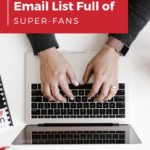
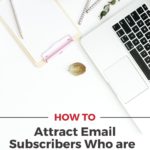
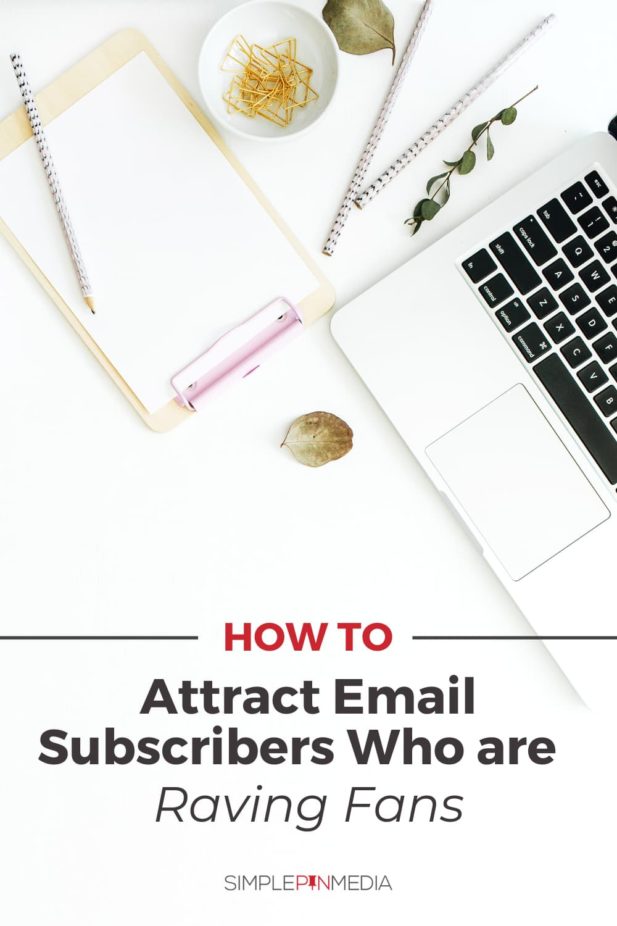

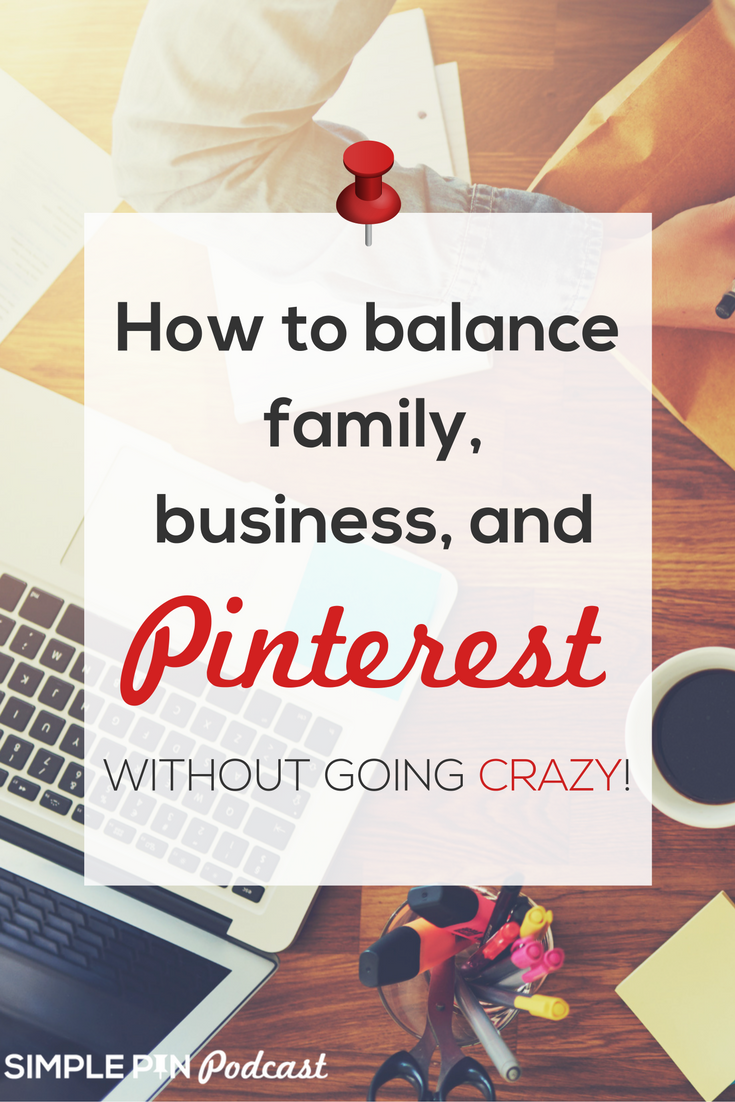

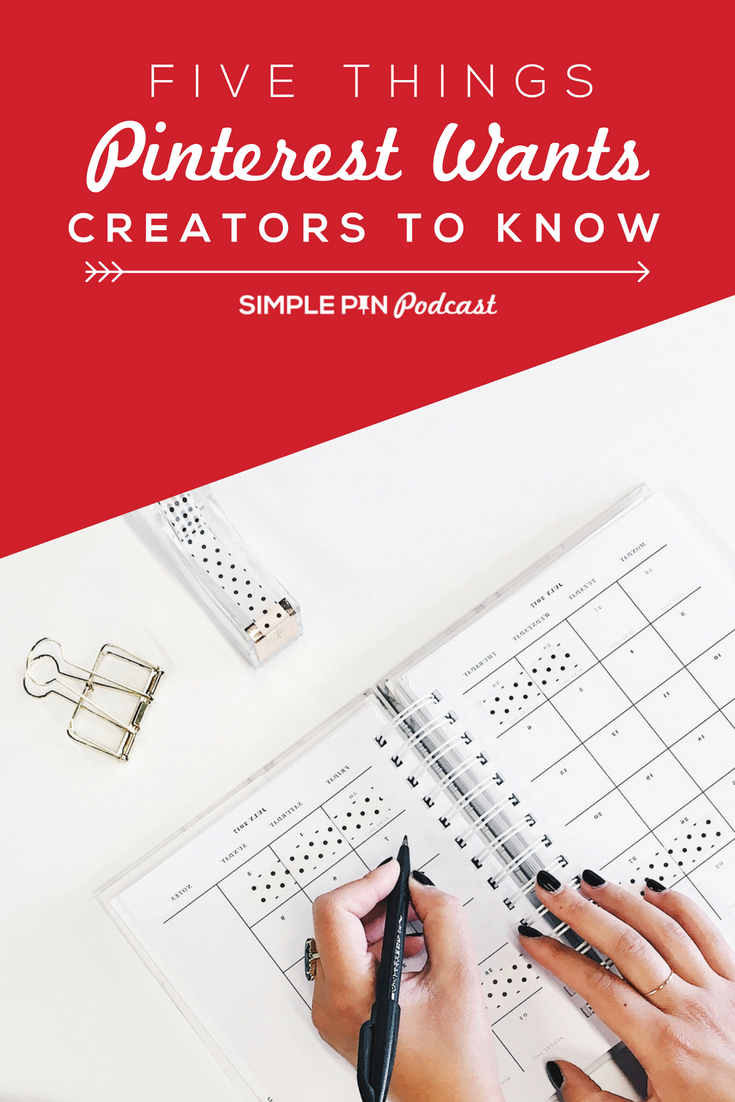
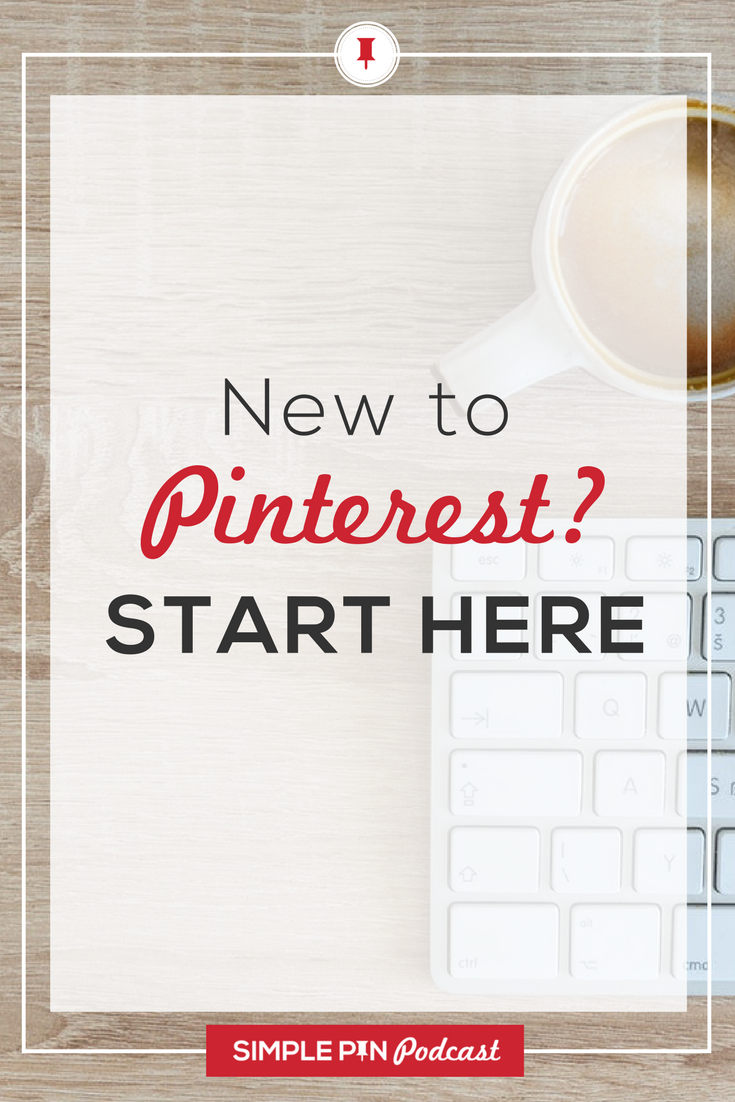
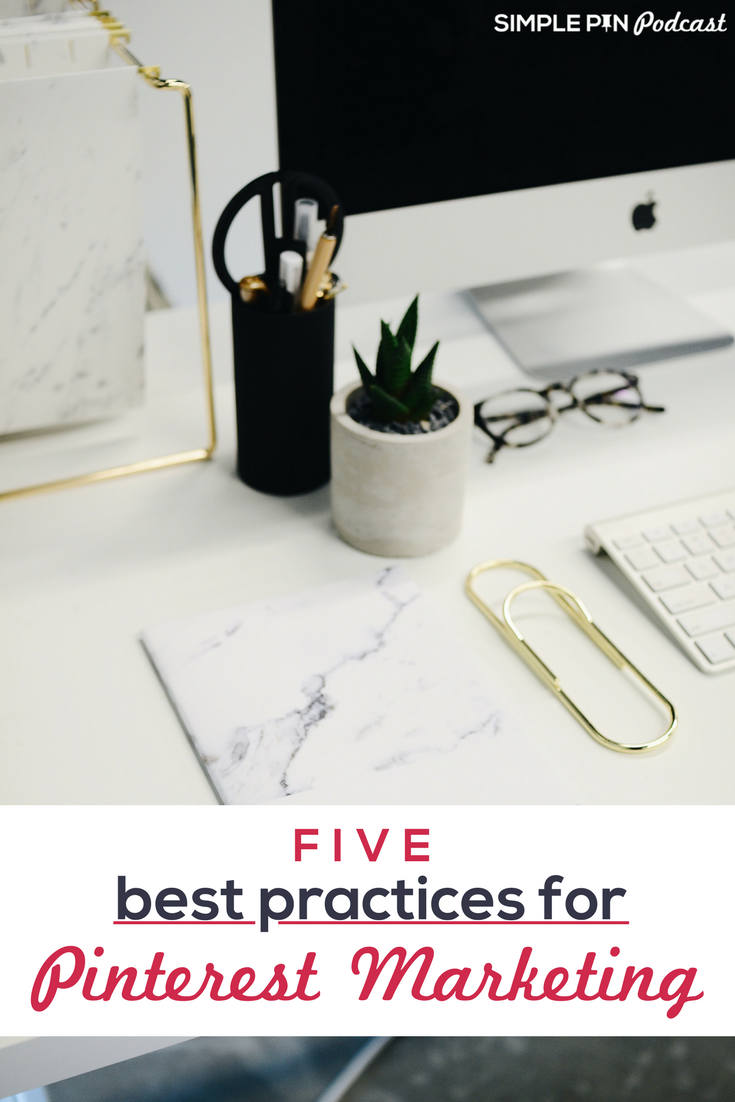


These are some of the best ways to help attract email subscribers, which ultimately benefits one’s email marketing efforts in the long term. Everything from the way that content is laid out to how outreach is performed will matter.
Agreed Rob! Kate D. is a genius when it comes to this topic